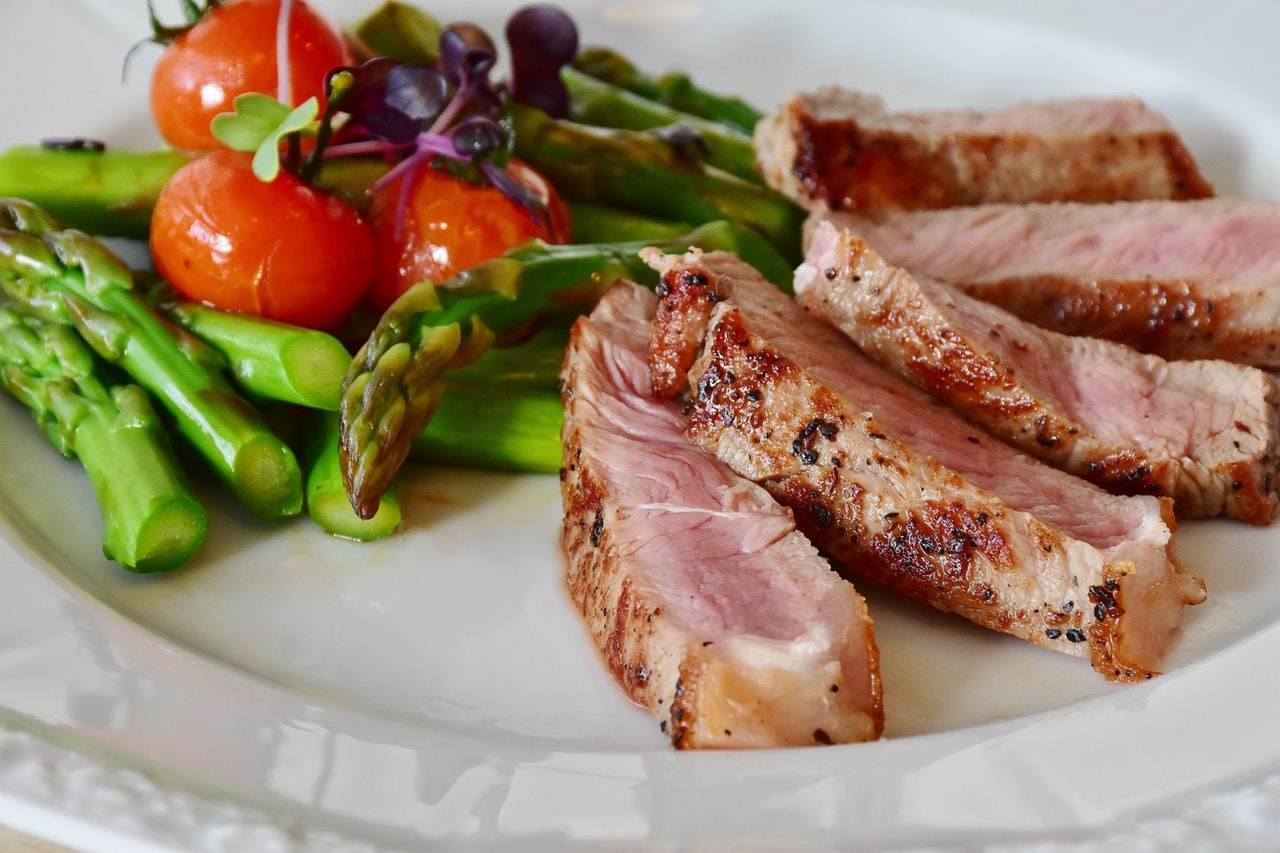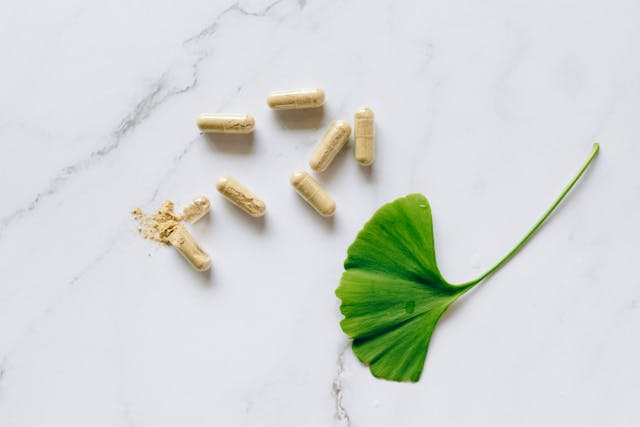January 16, 2020
78 view(s)
New Year’s is the time of the season where everybody and their aunt seem to be on a diet kick. However, this year, one diet stuck out to us. What exactly is a pegan diet? Today, we welcome back Sarah Hung to explain the new diet trend. Sarah is a Naturopathic Doctor and Acupuncturist. She is a Chinese Medicine practitioner at Aligned Modern Health, where she works alongside functional medicine practitioners, chiropractors, nutritionists and massage therapists.

Pegan Origins
The pegan diet was created by doc Mark Hyman. He is a functional medicine doctor from the Cleveland Clinic of Functional Medicine. This trend is fairly new from what I understand. The term "pegan diet" was first coined on Dr. Hyman's blog in 2014.
The pegan diet combines the paleo diet and the vegan diet. Now, paleo is an ancestral diet that focuses on the consumption of grass-fed meats and vegetables, while eliminating grains, dairy, and legumes. Meanwhile, the vegan diet consists of a vegetarian diet, and eliminating [any animal-associated food]. On the pegan diet, they do eat some meat, like grass-fed meats. It’s also very portion-focused. 75% of the diet is made up of fruits and vegetables. 25% remains more of the organically-sourced proteins.
Is it Vegan?
It applies some principles of the vegan diet, like dairy is discouraged, but they do encourage some of the wild-caught, pasture-raised meats.
Finding Balance
There are definitely pros and cons to this diet. It’s certainly not for everybody. Some of the pros are that it encourages whole foods, as opposed to processed foods, so it encourages people to shop the perimeters of the grocery store instead of the center. Also, the fact that it’s so high in fruits and vegetables, at levels of 5-9 cups/day, which is shown to have a wide range of health benefits, and increase longevity, and prevent many chronic diseases.






